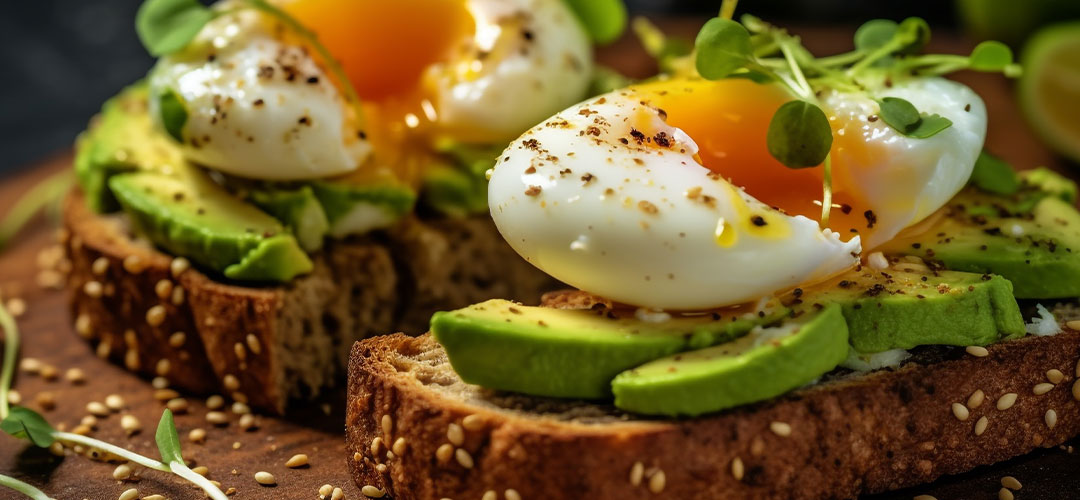
Balancing blood sugar levels naturally has become a hot topic in wellness circles for good reason.
From weight management and energy levels to hormonal balance and long-term health, stable blood sugar is foundational to how you feel every day. Whether you’re managing insulin resistance, aiming to reduce sugar cravings, or simply want to maintain better overall health, learning how to naturally regulate blood sugar is one of the smartest steps you can take.
In this blog, we’ll explore science-backed, natural strategies to balance blood sugar, incorporating practical tips, trending ingredients, and the best supplements for blood sugar support.
Why Blood Sugar Balance Matters
Blood sugar (glucose) is your body’s primary source of energy. When levels spike or crash – often after eating refined carbohydrates or skipping meals – it can lead to symptoms such as fatigue, brain fog, irritability, sugar cravings, and difficulty concentrating. Over time, poorly controlled blood sugar may contribute to insulin resistance, weight gain, type 2 diabetes, PCOS, and cardiovascular issues.
Maintaining healthy blood sugar levels throughout the day supports:
- Consistent energy
- Better mood and mental clarity
- Fewer cravings
- Reduced inflammation
- Hormonal harmony
- Healthy metabolism
Natural Tips for Balancing Blood Sugar
1. Prioritise Protein and Healthy Fats
Eating protein and healthy fats with every meal slows the absorption of glucose into the bloodstream, preventing spikes and crashes.
Try this:
– Add eggs, Greek yoghurt, tofu, or protein powder to your breakfast
– Include nuts, seeds, olive oil, and avocado throughout the day
2. Embrace Fibre-Rich Foods
Soluble fibre helps slow digestion and glucose absorption, improving insulin sensitivity. Fibre also supports gut health, which plays a crucial role in metabolic function.
Best fibre-rich choices:
– Vegetables (especially leafy greens, carrots, and broccoli)
– Legumes (chickpeas, lentils)
– Whole grains (quinoa, oats, brown rice)
– Chia and flax seeds
3. Follow the ‘Food Order’ Rule
Eating vegetables and protein before carbohydrates can significantly reduce post-meal glucose spikes – a tip that’s gone viral on TikTok for good reason. This order slows down gastric emptying and blunts the sugar hit.
Food order blood sugar tip:
- Vegetables
- Protein and fat
- Carbohydrates
4. Move After Meals
Just 10–20 minutes of gentle movement after eating – like walking, tidying, or dancing – can help lower post-meal blood sugar levels by encouraging your muscles to use glucose for energy.
Why it works:
Exercise increases insulin sensitivity and helps shuttle glucose into cells for energy.
5. Balance Breakfast
Skipping breakfast or grabbing a sugary option (like toast, cereal, or fruit juice) can start the day with a spike-and-crash cycle. A balanced breakfast with protein , fat, and fibre helps set the tone for steady energy and fewer cravings all day.
Great options:
– Protein smoothie with fibre (chia, flax)
– Eggs and avocado on seeded toast
– Overnight oats with Greek yoghurt and berries
6. Add Apple Cider Vinegar
Taking 1 tbsp of apple cider vinegar diluted in water before meals may help reduce blood sugar spikes and improve insulin sensitivity. While it’s not a miracle cure, it’s a simple tool that’s backed by small studies and big social media support.
Caution: Always dilute, and avoid if you have acid reflux or dental concerns.
7. Consider Natural Supplements
Several natural supplements may support healthy blood sugar regulation and metabolic function:
- Spirulina - This nutrient-dense blue-green algae may support stable blood sugar levels by improving insulin sensitivity and reducing oxidative stress.
- Nopal Cactus (Prickly Pear) - Nopal is high in fibre and antioxidants and may help reduce post-meal blood sugar levels, particularly when consumed alongside carbohydrate-rich meals.
- Alpha Lipoic Acid (ALA) - ALA is a powerful antioxidant that may help improve insulin sensitivity and support glucose uptake into cells. It also supports nerve health, which is important for those managing long-term blood sugar challenges.
- Magnesium – Often low in people with blood sugar imbalance and supports over 300 bodily processes
Bonus Tip: Reduce Added Sugar and Refined Carbs
While this seems obvious, many hidden sugars in packaged foods sabotage your efforts. Check labels for syrups, glucose, sucrose, or anything ending in “-ose.” Opt for complex carbs and unprocessed whole foods wherever possible.
Final Thoughts: Balance, Not Perfection
Balancing blood sugar doesn’t mean cutting out all carbs or following a strict diet. It’s about creating a foundation of simple, sustainable habits that support your metabolism and energy throughout the day.
Whether you’re following blood sugar-balancing tips for weight management, hormonal health, or simply better daily wellbeing, these small shifts can make a big difference.
Disclaimer:
Information and other content provided in Lily & Loaf blogs should not be construed as medical advice and should not be considered a substitute for professional medical expertise. If you have any medical concerns, you should consult with your health care provider.






